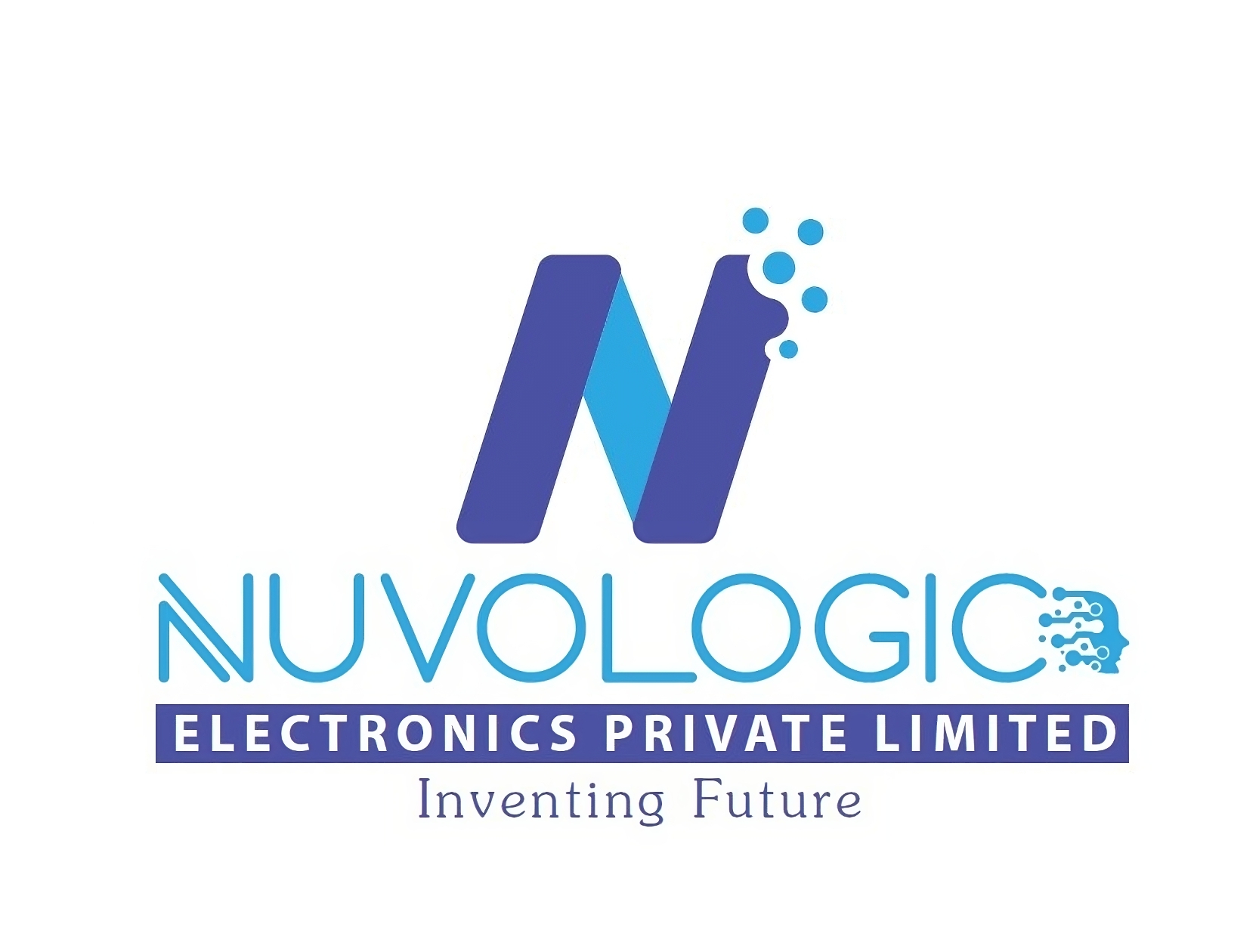Top Trends in Embedded Design Systems for 2024
As technology continues to advance at a rapid pace, embedded design systems are evolving to meet new challenges and opportunities. In 2024, several trends are expected to shape the landscape of embedded systems, driving innovation and transforming various industries. Here, we explore the top trends in embedded design systems for the upcoming year.
1. AI and Machine Learning Integration
Artificial Intelligence (AI) and Machine Learning (ML) are becoming integral components of embedded systems. These technologies enable devices to learn from data, adapt to changing conditions, and make intelligent decisions. In 2024, we can expect to see more embedded systems with AI capabilities, enhancing applications such as predictive maintenance, autonomous vehicles, and smart home devices. The integration of AI and ML will lead to more efficient, responsive, and intelligent embedded systems.
2. Edge Computing
Edge computing is gaining traction as a critical trend in embedded design systems. By processing data locally on the device rather than relying on centralized cloud servers, edge computing reduces latency, enhances privacy, and improves real-time decision-making. In 2024, the proliferation of IoT devices will drive the adoption of edge computing, enabling faster and more reliable processing for applications like industrial automation, healthcare monitoring, and smart cities.
3. Enhanced Security Measures
With the increasing connectivity of embedded systems, security remains a top priority. Cybersecurity threats are becoming more sophisticated, necessitating robust security measures in embedded design. In 2024, we will see advancements in security technologies, including hardware-based security features, secure boot processes, and AI-driven threat detection. Ensuring the integrity and confidentiality of data in embedded systems will be paramount, especially in critical applications such as healthcare, automotive, and finance.
4. Low-Power Design
Energy efficiency continues to be a key focus in embedded system design. As devices become more compact and ubiquitous, minimizing power consumption is essential to extend battery life and reduce environmental impact. In 2024, innovations in low-power design techniques, such as advanced power management algorithms, energy-efficient processors, and low-power wireless communication protocols, will be prominent. These advancements will benefit wearable devices, remote sensors, and other battery-operated embedded systems.
5. Real-Time Operating Systems (RTOS)
Real-Time Operating Systems (RTOS) are crucial for applications that require precise timing and deterministic behavior. In 2024, the use of RTOS in embedded systems will continue to grow, driven by the need for reliable performance in industries like automotive, aerospace, and industrial automation. RTOS provides the necessary framework for managing complex tasks and ensuring timely execution, making it indispensable for mission-critical applications.
6. 5G Connectivity
The rollout of 5G networks is set to revolutionize embedded systems by providing faster, more reliable, and lower-latency connectivity. In 2024, 5G-enabled embedded devices will become more prevalent, enabling new applications in areas such as telemedicine, smart cities, and connected vehicles. The high-speed connectivity offered by 5G will facilitate real-time data transfer and remote control, opening up new possibilities for innovation and efficiency.
7. Flexible and Wearable Electronics
The demand for flexible and wearable electronics is on the rise, driven by the growing interest in health monitoring, fitness tracking, and personalized healthcare. In 2024, advancements in flexible substrates, stretchable circuits, and miniaturized components will enable the development of more sophisticated wearable devices. These innovations will enhance the functionality and comfort of wearables, making them more integrated into daily life.








